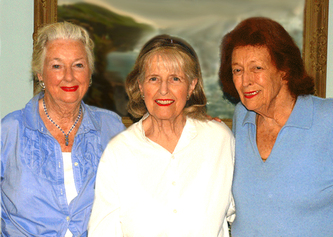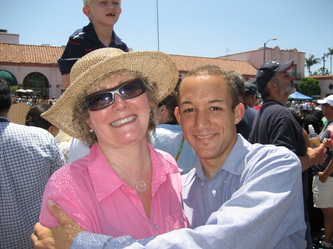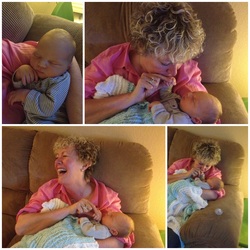The Bruce Bible

The Matthew Bible, also known as Matthew's Version, was first published in 1537 by John Rogers, under the pseudonym "Thomas Matthew." It combined the New Testament of William Tyndale, and as much of the Old Testament as he had been able to translate before being captured and put to death, with the translations of Myles Coverdale as to the balance of the Old Testament and the Apocrypha, except the Apocryphal Prayer of Manasses. It is thus a vital link in the main sequence of English Bible translations.
Printing It is not known who printed the 1537 Matthew Bible (Herbert #34); it may have been Jacobus van Meteren in Antwerp. Later editions were printed in London; the last of four appeared in 1551 (Herbert #92). Two editions of the Matthew Bible were published in 1549. One was a reprint of the 1537 first edition, and was printed by Thomas Raynalde and William Hyll (Herbert #75). The other was printed by John Daye and William Seres (Herbert #74), and made extensive changes to the notes of the original Matthew Bible, included copious commentaries on the book of Revelation based on the book Image of Two Churches by contemporary John Bale, and included the infamous "wife-beater's note".
Van Meteren's son, Emanuel, stated in an affidavit dated 28 May 1609 that his father was "a furtherer of reformed religion, and he that caused the first Bible at his costes to be Englisshed by Mr Myles Coverdal in Andwarp, the w’h his father, with Mr Edward Whytchurch, printed both in Parisand London." Coverdale was employed as a translator by Jacobus van Meteren. Rogers began assisting the work around 1535, and married J. van Meteren's niece Adriana in the same year that the Matthew Bible was first published (1537). Rogers was living in London again at the time of the second printing of the Matthew Bible in 1549.



























